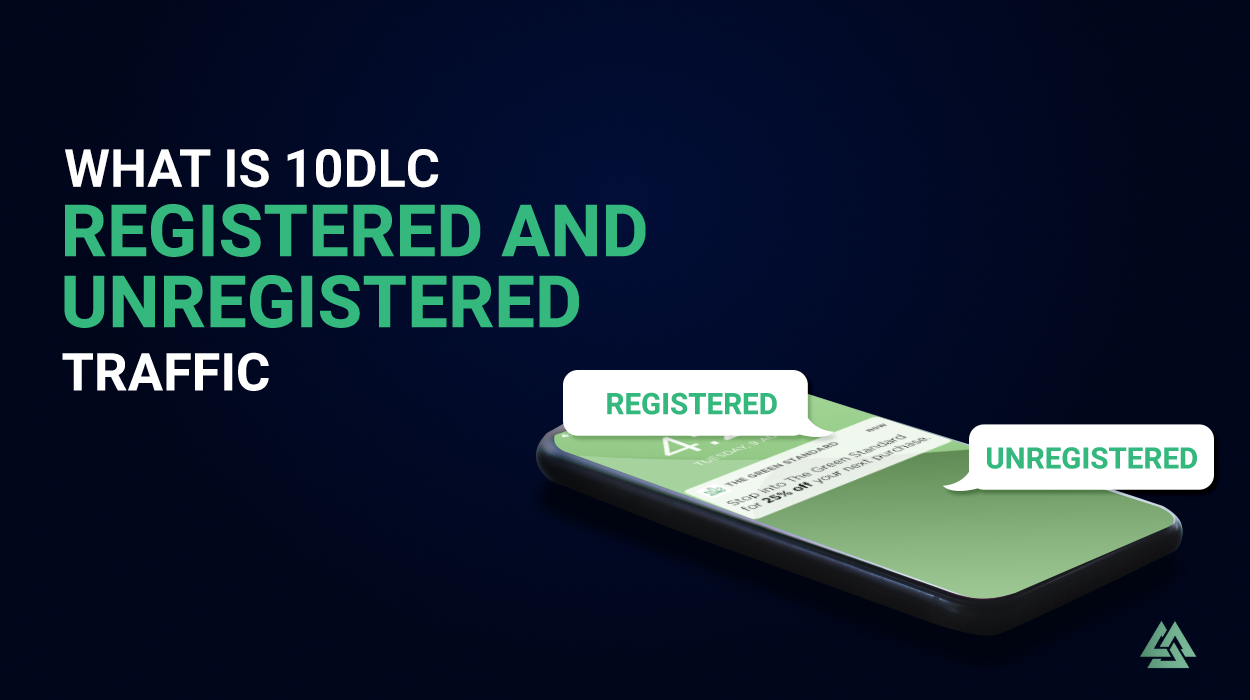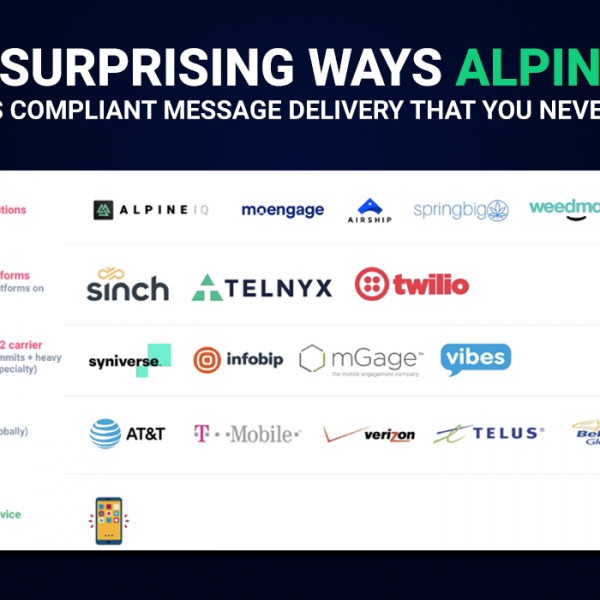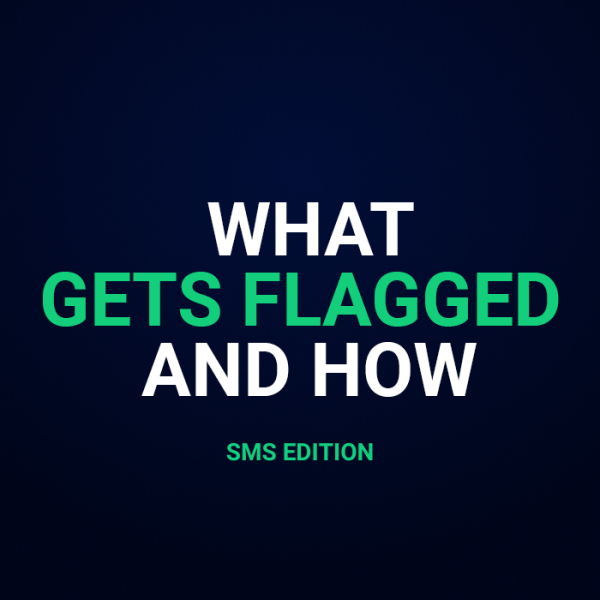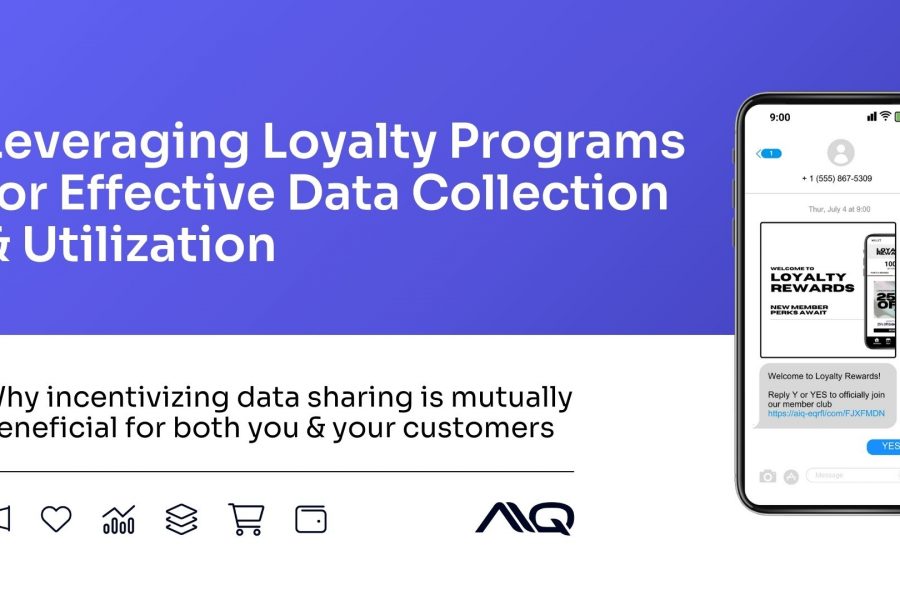SMS marketing can be an effective strategy for businesses to use, as it allows for a more direct line of communication with customers, however understanding the difference between 10DLC registered and unregistered traffic is key.
What Is 10DLC?
If you’re based in the United States, 10DLC is a requirement from the CTIA (Cellular Telecommunications Industry Association) that all wireless carriers must adhere to in order to protect consumers from spam messages.
It stands for “10-digit long code” (10DLC), and it basically means that in order to send SMS messages at scale, you must have a 10-digit phone number instead of a short code.
Previously, no registration was required. Registration through short codes was introduced in 2012 to prevent spam, but it was also not compulsory.
With 10DLC, all long codes must be registered with a carrier before they can be used to send high volumes of text messages. This is to ensure that only legitimate businesses are sending texts; it also serves to protect consumers from spam.
The US and many countries around the world have also implemented additional policies to further protect consumers from unsolicited promotional messages from brands, but for this article, we’ll focus on the SMS part only.
What Is Registered and Unregistered Traffic?
Registered traffic are texts that are sent to customers who have opted in to receive them, while unregistered traffic are simply texts that are sent without the customer’s consent.
With 10DLC, all long codes must be registered with a carrier before they can be used to send high volumes of text messages. Registered traffic is the result of a customer opting in to receive texts from a company, and this registration must be verified by the carrier.
Registered traffic refers to messages that are sent from an application where the sender of the campaigns was vetted by a third party and assigned a trust score. Those that choose to register must submit documentation of their use case and validated ownership of legitimate corporations.
10DLC registered traffic, therefore, means that your texts are being sent to customers who have given you their explicit permission to do so — which is the best way to avoid any potential issues with spam. However, there are pros and cons to this, which we will discuss in the next section.
10DLC Registered and Unregistered Traffic: Pros and Cons
10 DLC Registered Traffic:
Pros:
– There is lower filtration, meaning that your SMS campaigns are more likely to be delivered to your customers’ phones.
– Fees are lower because you are not considered a spammer.
– You are building a list of customers who have given you explicit permission to contact them, which can be valuable for future marketing efforts.
Cons:
– Registration can be time-consuming and expensive, and it may not be cost-effective for smaller retailers and brands.
– The opt-in process can also be time-consuming, and you may lose potential customers in the process.
– Since you are registered, if your messages are flagged, it’s easier to track down the source and shut down your campaign. There are also heavy fines involved.
Unregistered Traffic:
Pros:
– You don’t have to go through the hassle and expense of registering your long codes.
– You can reach a larger audience with your SMS campaigns since there is no opt-in process.
– When your messages are flagged, it’s easy to start fresh. Just clear your digital footprint and increase your filtration protection level.
Cons:
– There is higher filtration, meaning that your messages are more likely to be filtered as spam and may never reach your customers’ phones.
– Higher fees are involved since you are more likely considered a spammer.
– You risk heavy fines if you are caught sending unsolicited messages.
What’s Best for Retailers and Brands: Registered or Unregistered Traffic?
Unregistered traffic is the most common way for retailers and brands to send promotional SMS campaigns since it’s easier and cheaper in the short term. Highly regulated promotional messages are also riskier to send because of strict policies, so unregistered traffic may be the only option for some brands.
Additionally, there are certain cases where registered traffic can be suitable for retailers and brands. For non-promotional messages, such as delivery updates or customer service notifications, registered traffic can be a good option.
Ultimately, it all depends on your brand’s specific needs:
- If you want to send highly regulated promotional messages, unregistered traffic is the way to go. However, as an added layer of protection and as a way to increase message delivery, it’s advisable to use an SMS platform like Alpine IQ with built-in compliance features.
- If you want to send transactional, non-promotional customer service-related messages, registered traffic may be a better option.
Wrapping It Up
Both 10DLC registered traffic and unregistered traffic have their fair share of pros and cons. It all boils down to what your specific needs are as a retailer or brand.
If you want to know more about 10DLC and text message campaigns for retailers and brands, watch our latest webinar: Alpine IQ’s Deep Dive: Everything you need to know about text message filtration in cannabis.
You can also check out our website at https://alpineiq.com/ to learn more about our AI-powered marketing tools.
To get the latest updates on our suite of services, make sure to subscribe to our blog today!







Leave a Comment